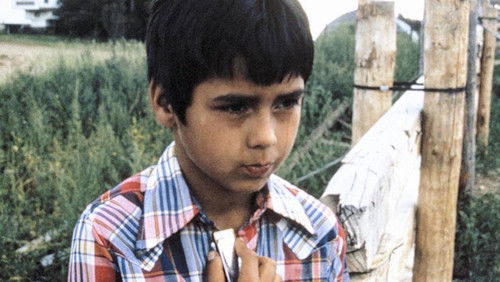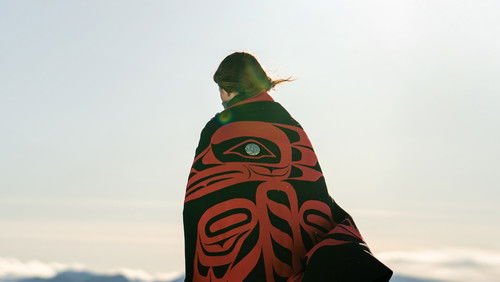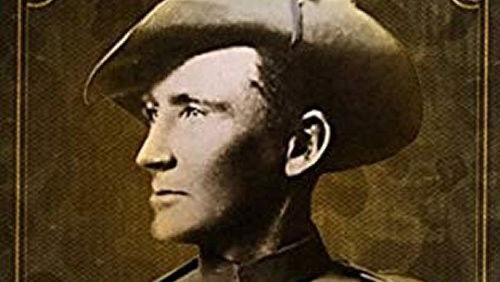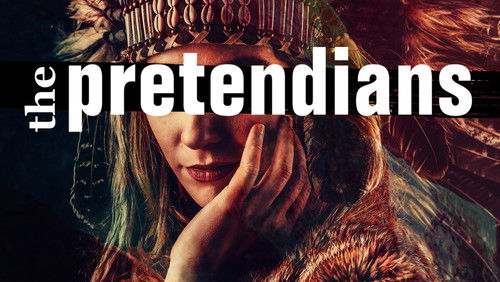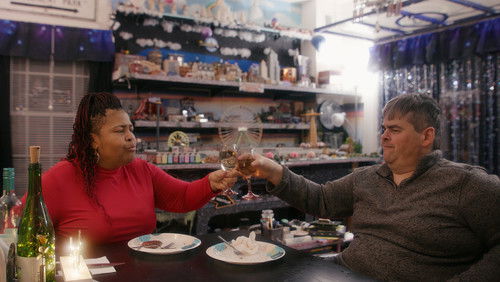The Woman Who Loves Giraffes (2018)
58KThe Woman Who Loves Giraffes: Directed by Alison Reid. With Tatiana Maslany, Victor Garber, Anne Innis Dagg, Fred Bercovitch. A profile of giraffe researcher Anne Dagg who, in 1956, became one of the first people to ever observe and report on animal behaviour.
“Among the big African animals, giraffes were always my favorite. Hugely tall, beautiful coats, practically the definition of deliberate grace in their movement. And like animals all over the world, we humans are gradually driving them into extinction by the simple method of taking over their natural environment. No species can survive without its living space.u003cbr/u003eu003cbr/u003eSo thatu0026#39;s one message this well-done documentary carries. Itu0026#39;s familiar enough, but itu0026#39;s no less true and no less a tragedy. The other big theme is the story of the title character, Canadian naturalist Anne Innis Dagg. As a graduate student she went to South Africa to study these magnificent creatures in the wild in the early 1950u0026#39;s, and wrote what was then the definitive book on giraffe behavior and ecology. Shockingly, it remained the definitive book for literally decades after. Itu0026#39;s a surprise to realize that Anne, a determined and resourceful young woman, went to do this on her own years BEFORE other more famous naturalists like Jane Goodall or Dian Fossey. The film shows a good deal of original camera footage from her first major visit there (along with some well done re-enactments to fill in necessary bits of the storyline), and splices those sections in with filming from the present consisting of interviews with Anne Dagg, her daughter Mary, some colleagues both new and old, and Anneu0026#39;s return to South Africa to the same place where she worked 60 years ago.u003cbr/u003eu003cbr/u003eAfter her research work in Africa, Anne Innis (as she was then) married physicist Ian Dagg and took a faculty position at the University of Guelph while her husband was at the nearby University of Waterloo. They started a family. But Anneu0026#39;s professional career came to a screeching, grinding, permanent halt when she was denied tenure for reasons that half a century later can be seen as yet another case of papered-over misogyny. Appeals to the Ontario Human Rights Commission met the same fate. Her brief and promising career was over. To make things worse, husband Ian died just at retirement age. In recent years, she has experienced something of a professional resurrection by the international community of giraffe biologists — a relatively small but engagingly nice bunch of people who we get to meet. A few of them actively sought out this rather mysterious woman who literally wrote the book in their discipline and then faded away.u003cbr/u003eu003cbr/u003eMy wife and I saw this at one of our local art cinemas, who ran a special series of showings of the film this month. Anne Dagg herself was there to do Qu0026amp;A afterward with the audience (which by the way was full and enthusiastic). Sheu0026#39;s a gracious and matter-of-fact lady. Yes itu0026#39;s a different era now, things are genuinely better for women researchers, but as she would agree, the worst of it is that the numbers of giraffes are still going down. There are too many of us, and we arenu0026#39;t doing enough to save our fellow creatures on Earth.”
